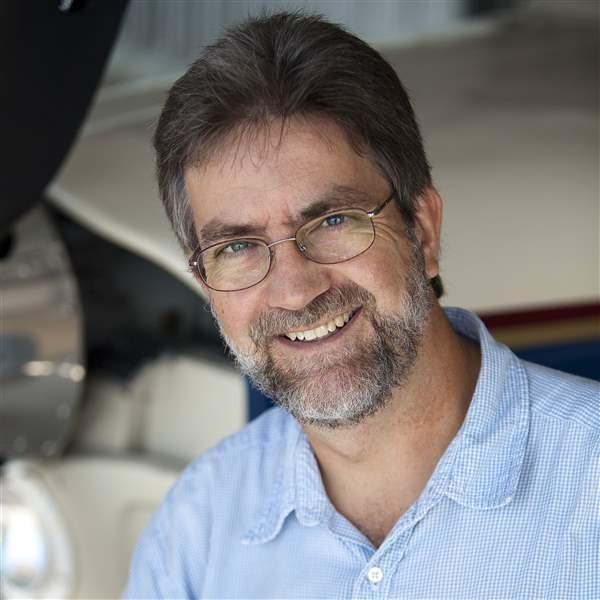This issue of AOPA Flight Training includes a couple of articles intended to help the new pilot manage a longer cross-country trip. Budd Davisson's "One Step at a Time" (p. 24) presents a great strategy for planning that long trip-just look at it as a bunch of short trips laid end to end. And Christopher Parker's "The Oldest Trap in the Book" (p. 36) offers some valuable tips to keep VFR pilots from inadvertently flying into instrument meteorological conditions.
The best thing a newly certificated pilot can do is go fly, taking a break from the training regimen and just enjoying the possibilities of flight. In fact, one of my first airborne "road trips" was even more memorable than my first solo.
My wife, daughter, and I left Frederick (Maryland) Municipal Airport one Friday afternoon in an Aerospatiale (now Socata) Tampico trainer rented from the flight school. We wanted to go to Cleveland to visit relatives, but rain was moving toward northeastern Ohio from the west. Ceilings and visibilities were forecast to stay good. More important was the fact that both of my passengers understood that we might not land in Cleveland, depending on the timing of the weather, and that my route was dotted with many suitable alternate airports.
As we headed west-northwest on the 230-nautical-mile trip, clouds above us thickened until we were flying below a solid overcast. Visibilities and ceilings remained better than forecast, though, so we continued. It was a perfect day to be friends with Flight Watch, and I checked in on 122.0 MHz regularly for the current weather at my destination and an update on the location of the precipitation. Because our route carried us near Pittsburgh's terminal airspace and our destination airport was beneath the Cleveland Class B airspace, I was also receiving VFR traffic advisories from air traffic control.
Below the cloud layer the air was as smooth as glass, and we were flying west with only a slight headwind component. Almost before we knew it, Lake Erie appeared on the horizon, and then we could make out the silhouette of downtown Cleveland's skyline. West of downtown we could clearly see a well-defined line of rain marching east, just as Flight Watch had said.
Was it a perfect trip? Almost. Cleveland Approach, suddenly busier as the weather moved into its airspace, didn't hand me off to Cuyahoga County Airport's tower until I was almost on top of the field. The tower controller asked for my location, and because I'd been following the "W" on the Tampico's directional gyro for 2.5 hours - you guessed it, I answered that I was three miles west of the airport that I actually was still east of. My wife, an inactive student pilot, caught my error immediately, and I confessed to the tower, which cleared me for a left downwind instead of a right downwind to Runway 23.
When the rain started the airplane was secured and covered, we were inside the FBO, and I'd closed my VFR flight plan. It rained the whole next day as well, and thanks to a leaking fuel cap gasket, I drained a couple ounces of water from one of the Tampico's mains in bright sunshine Sunday morning.
As a new pilot, was I apprehensive about the weather on that trip? You bet. I'd learned during my solo cross-countries that the weather was not always as forecast. But I was confident that my plan had plenty of "outs," and I'd worked to manage my passengers' expectations.
Some new pilots are concerned that their training hasn't prepared them for a trip of 200, 300, or 500 miles. That's not unreasonable, because even though you have all the knowledge and skills you need to undertake such a trip, you've never actually done it before. (Until August 1997, the federal aviation regulations required 10 hours of solo cross-country experience, including one trip of at least 300 nm. This longer solo trip tended to inspire more self-confidence in a student's abilities. Today's regs require five hours of solo cross-country flight, including one trip of at least 150 nm, but a dual night cross-country of at least 100 nm was added.)
There's a simple solution for this - hire your flight instructor, or recruit a more experienced pilot friend, to accompany you on a longer cross-country trip. Gradually expand your horizons and enjoy your newfound ability to go places.



